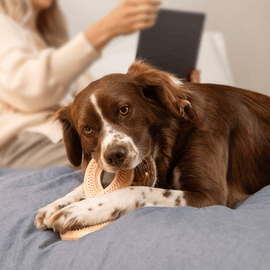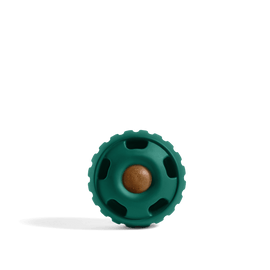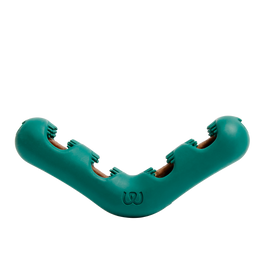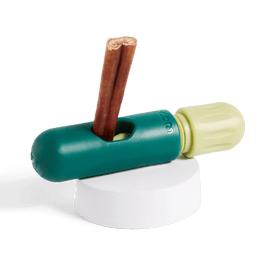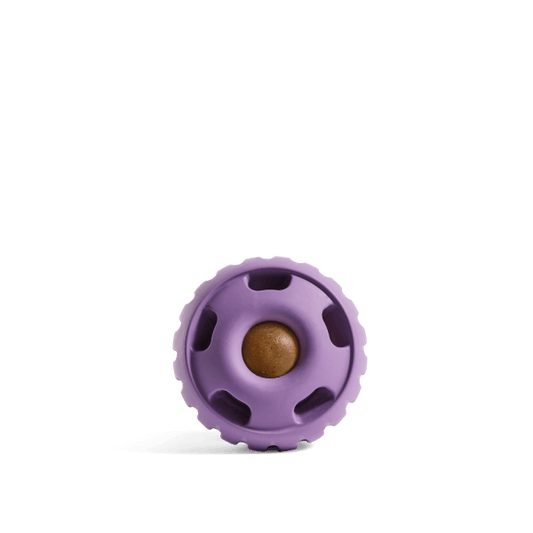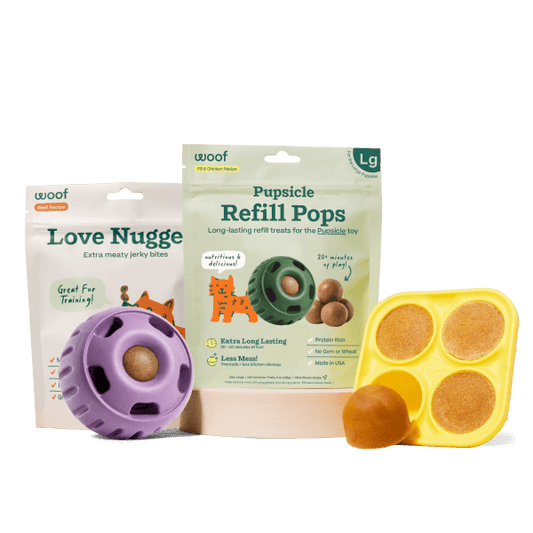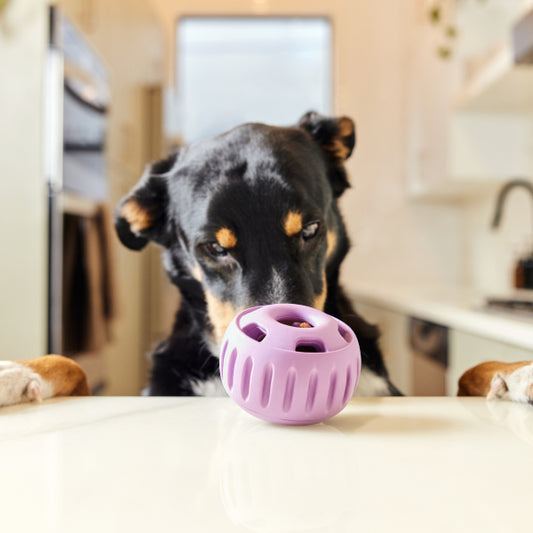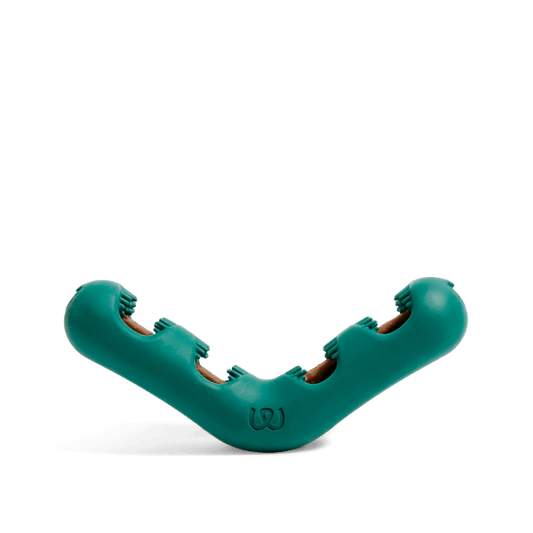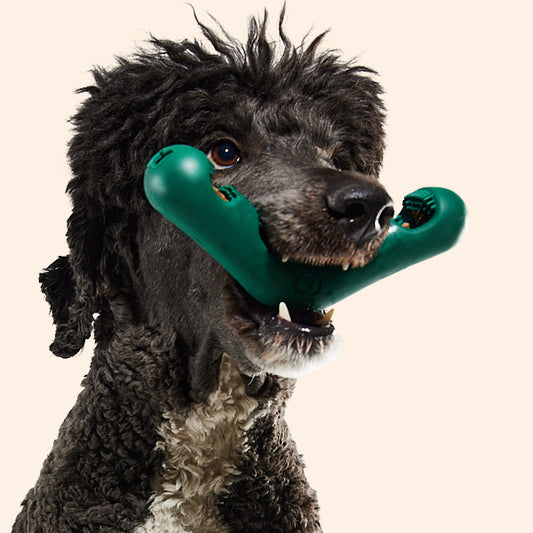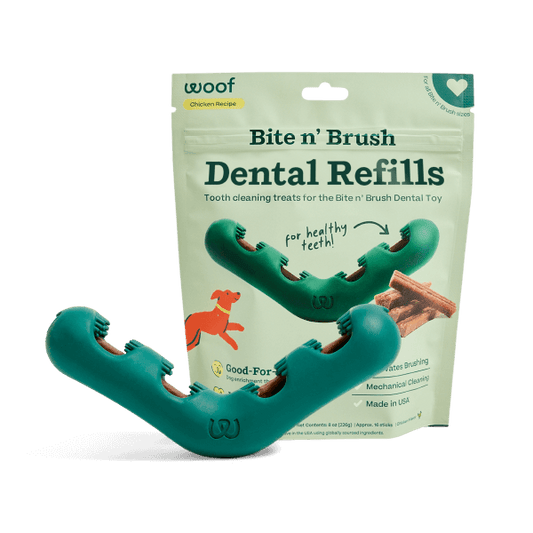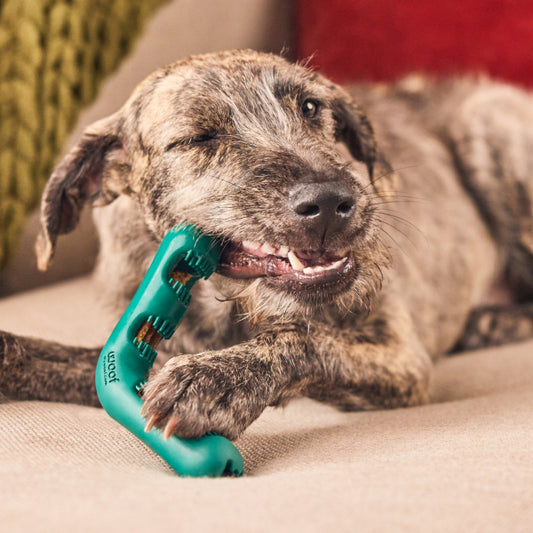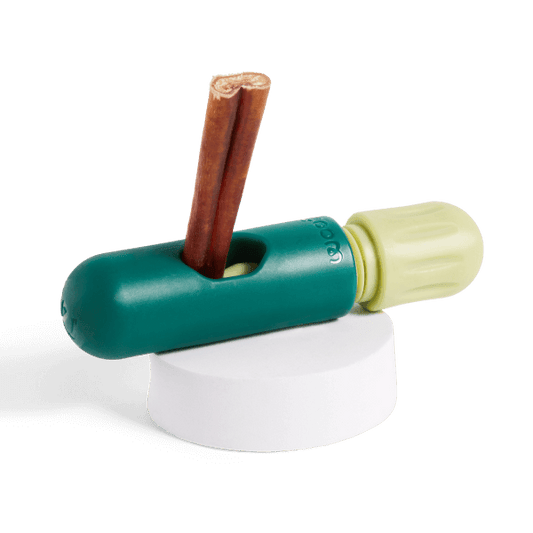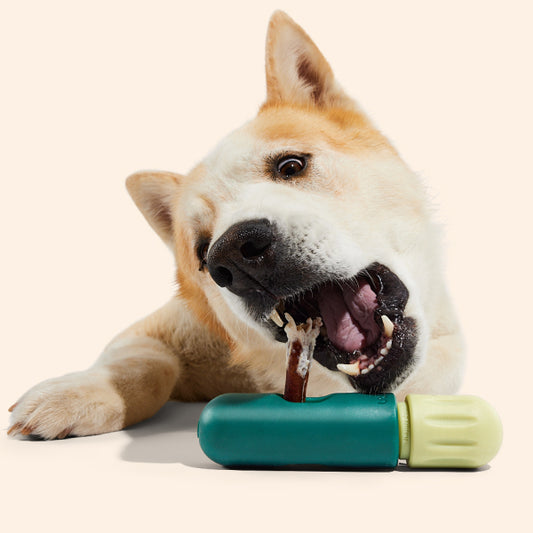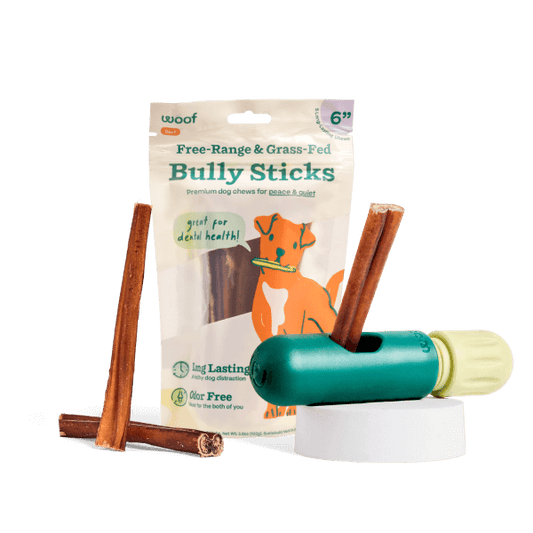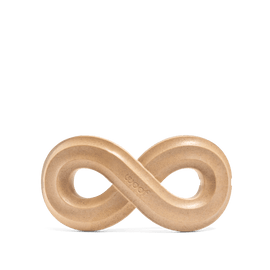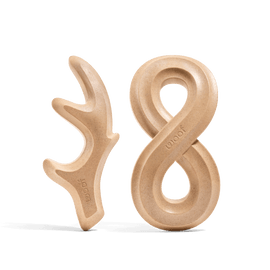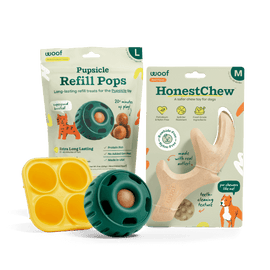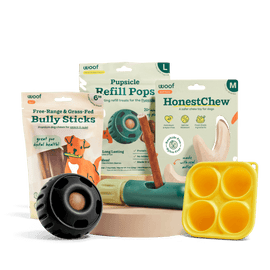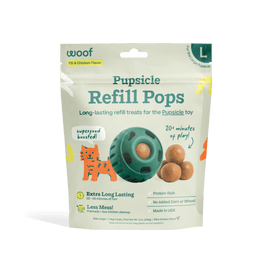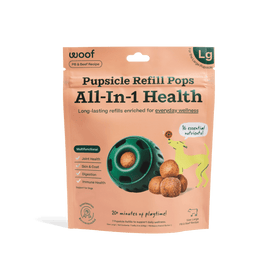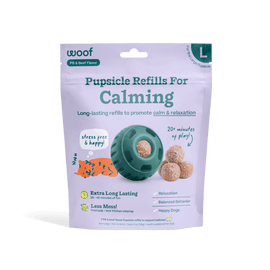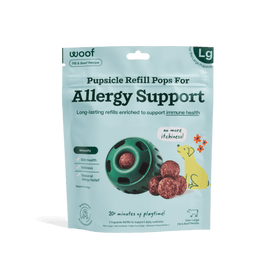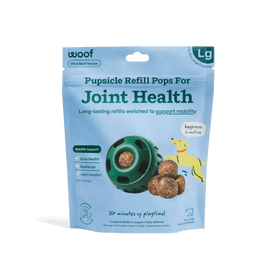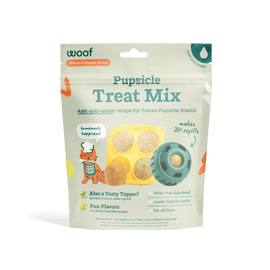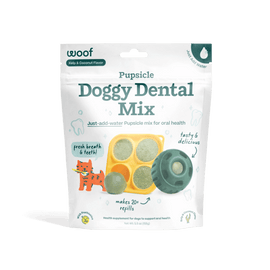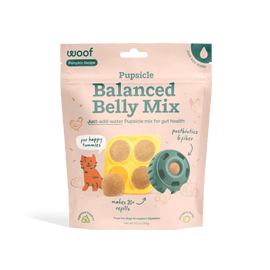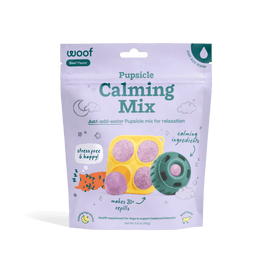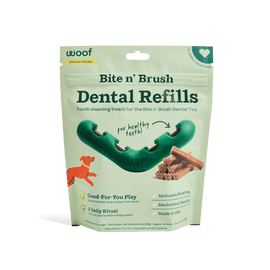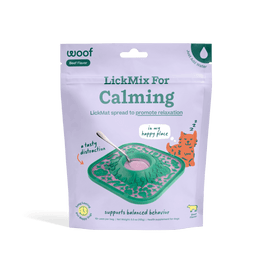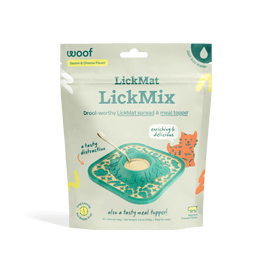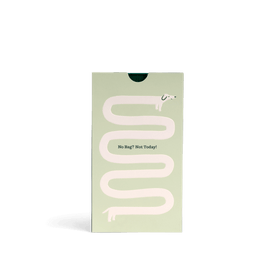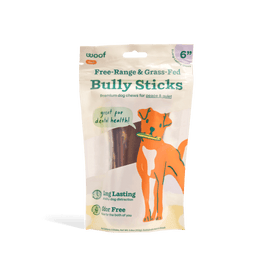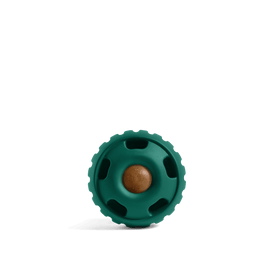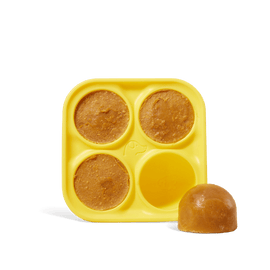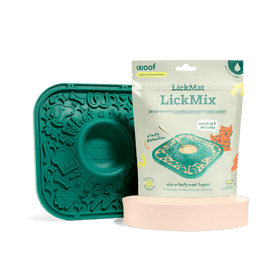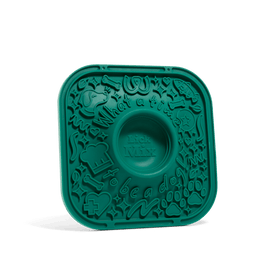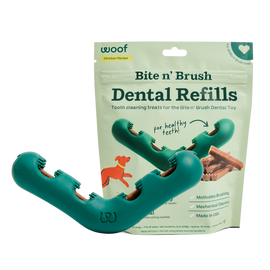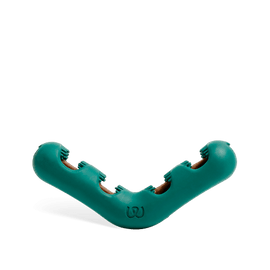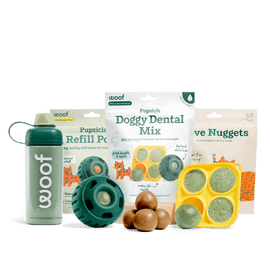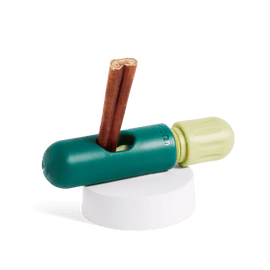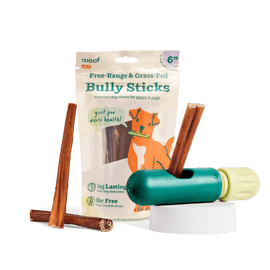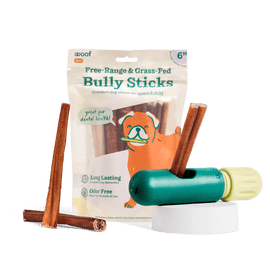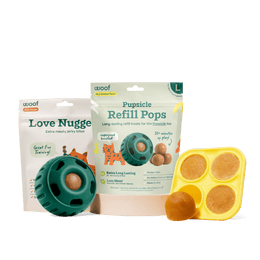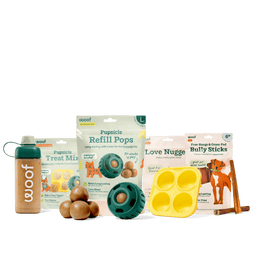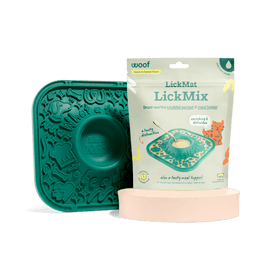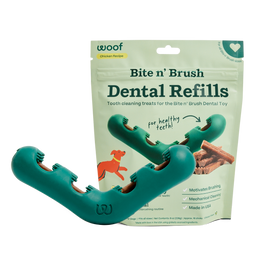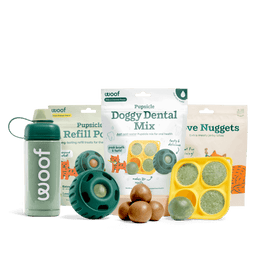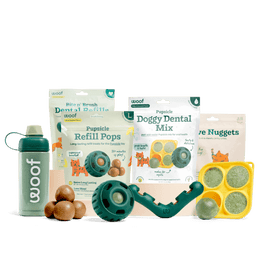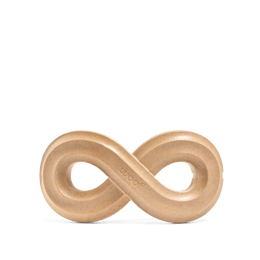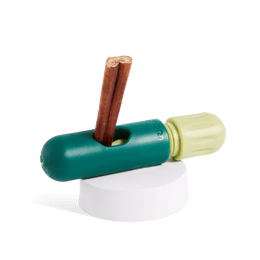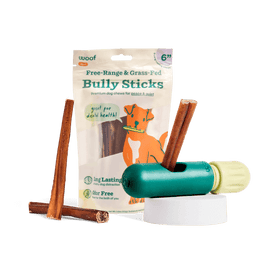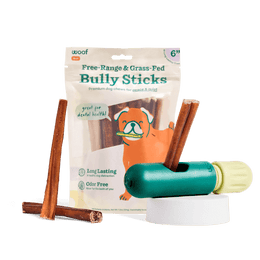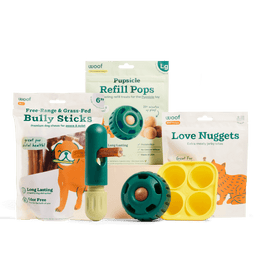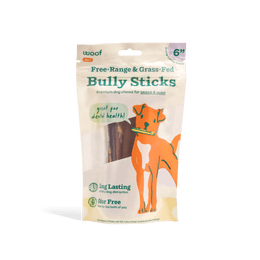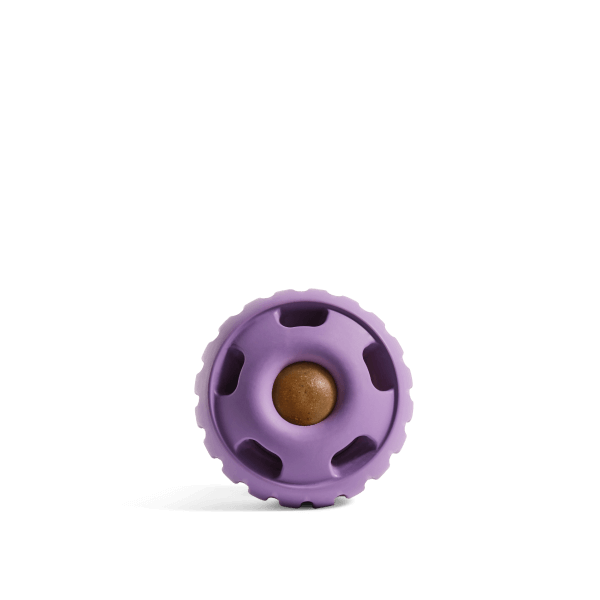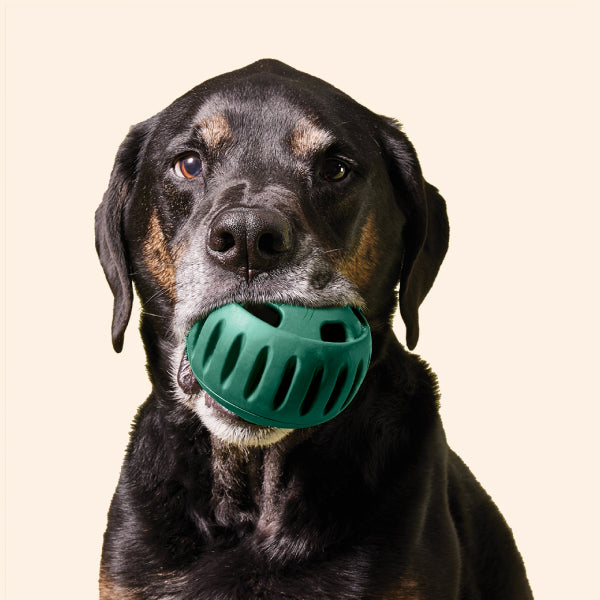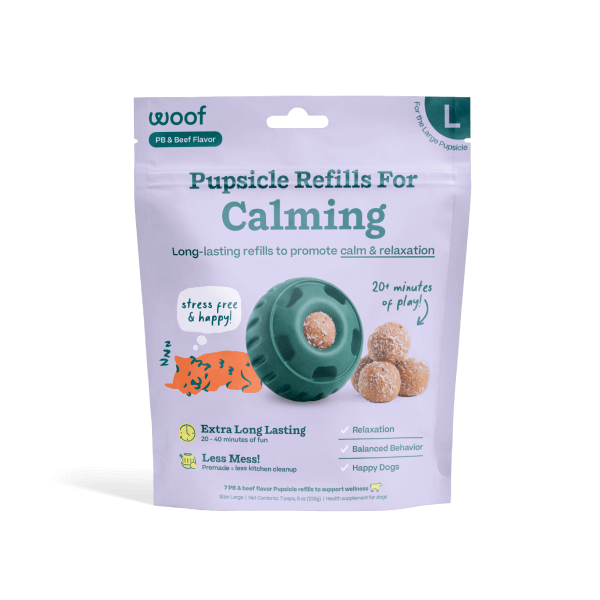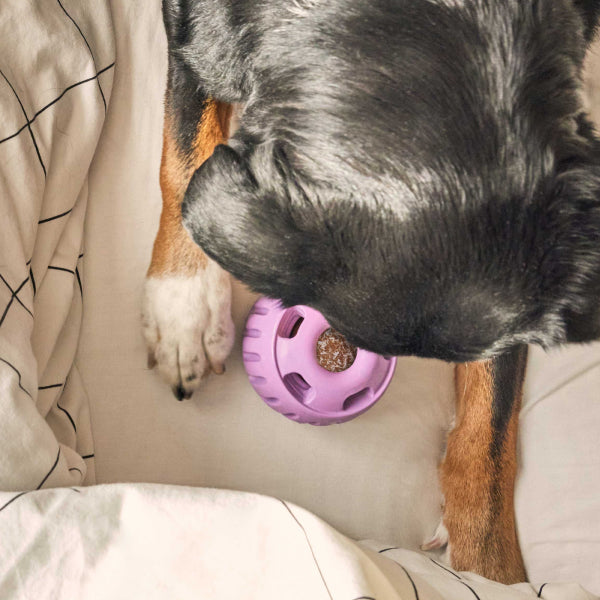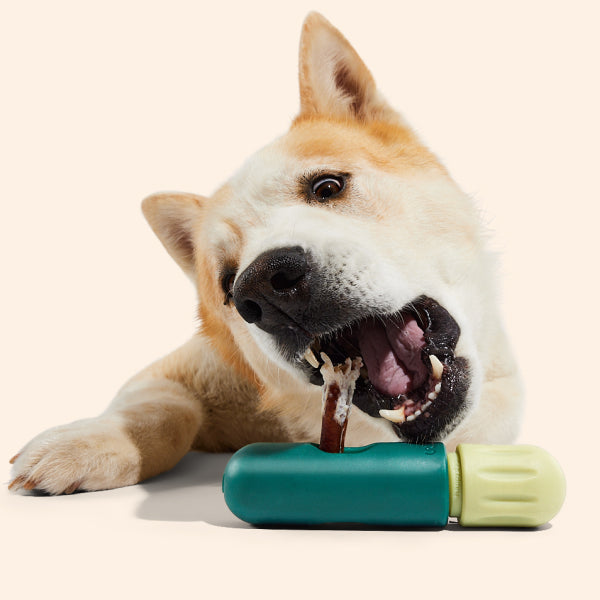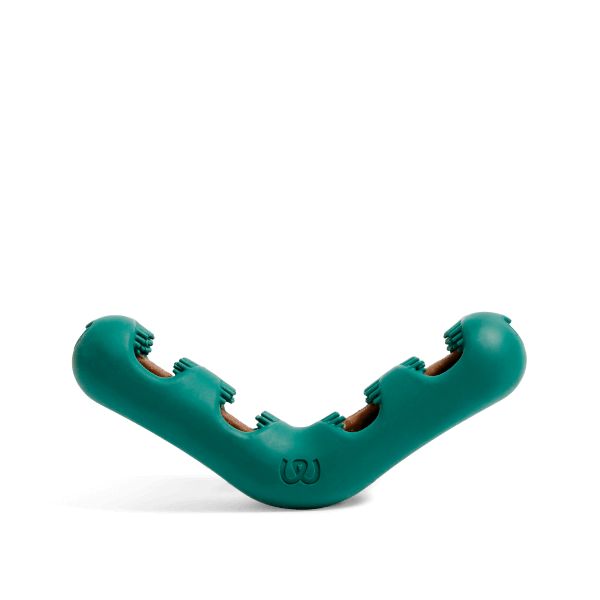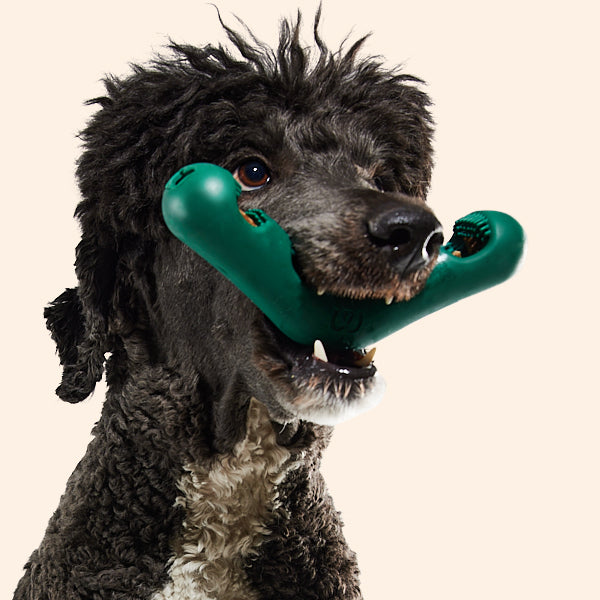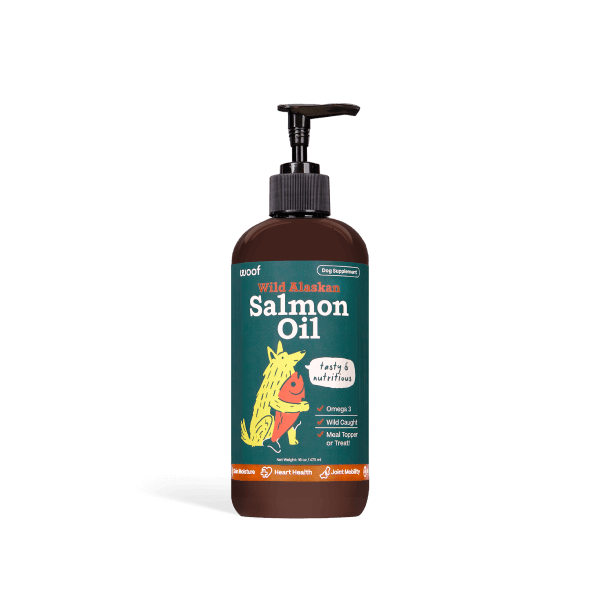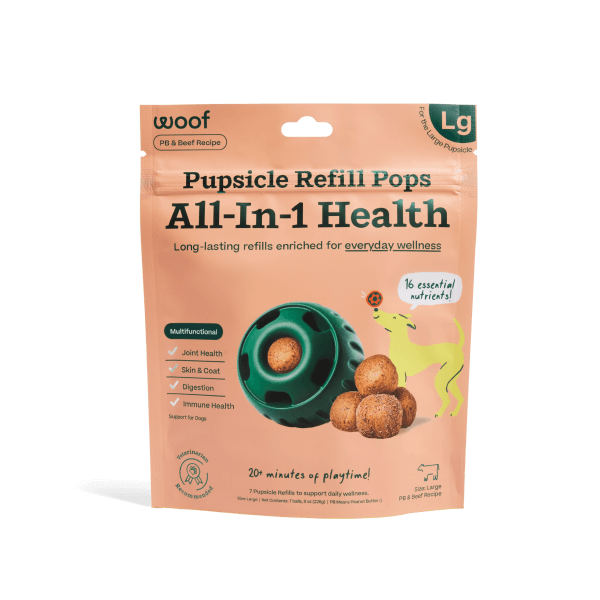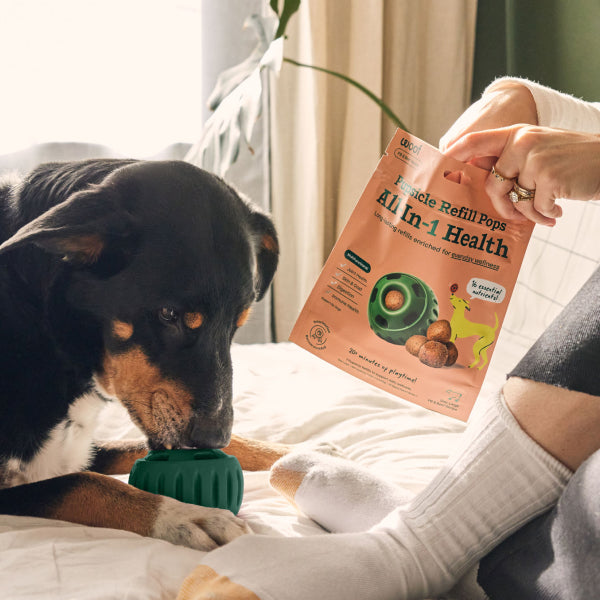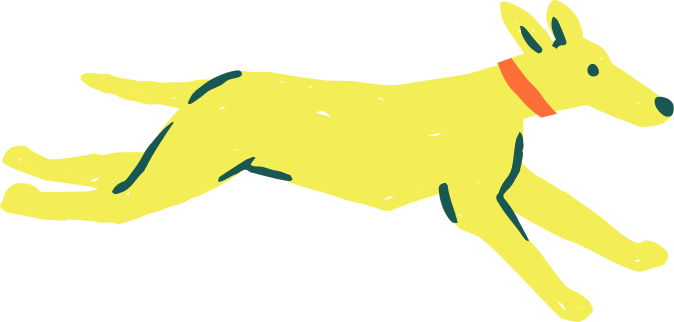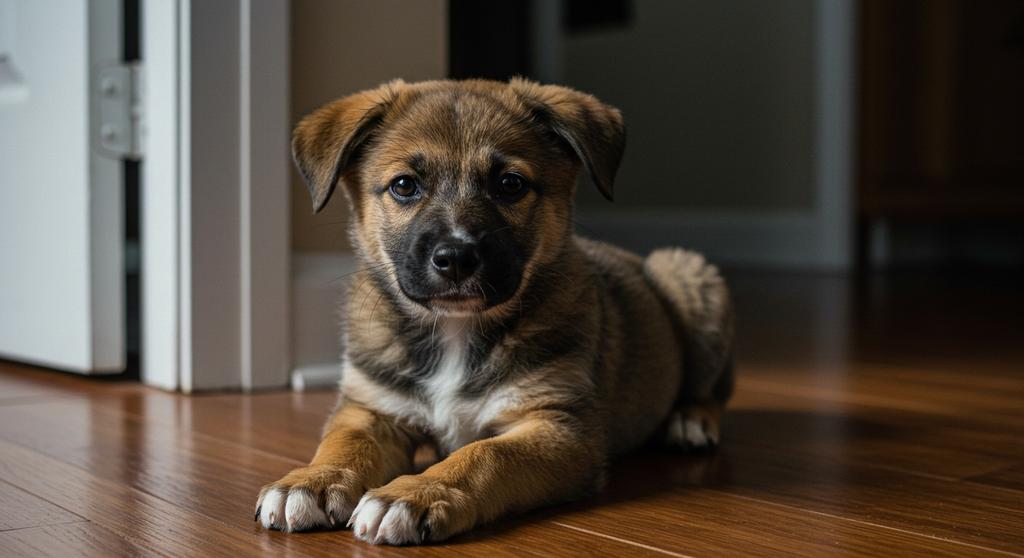
Recognizing anxiety in puppies early can make a world of difference in their development. Just like humans, puppies can experience stress, fear, and anxiety, and their behavior will reflect these emotions. Some signs are subtle, like frequent yawning or hiding, while others—such as destructive chewing or excessive barking—are more obvious. The good news? There are plenty of ways to help your pup feel safe and secure.
Puppies rely on their humans to understand and address their fears. In this guide, we’ll cover the subtle and obvious signs of puppy anxiety, common triggers, and practical solutions, including products from Woof designed to soothe and comfort anxious pups.
Subtle Signs of Puppy Anxiety
Not all anxiety signs are immediately obvious. Watch for these small cues that your puppy may be stressed:
- Frequent yawning or lip licking: Puppies yawn and lick their lips when nervous, not just when they’re tired or hungry.
- Panting and drooling: Anxious puppies often pant heavily, even when they haven’t been exercising.
- Dilated pupils and "whale eye": If you notice the whites of your puppy’s eyes, they may be feeling anxious.
- Excessive self-grooming: Licking paws or chewing on themselves can be a stress response.
- Avoidance or hiding: Some puppies withdraw and seek refuge under furniture or in corners.
Obvious Signs of Puppy Anxiety
In more severe cases, anxiety can manifest in clear distress signals, such as:
- Excessive barking or whining: Puppies who vocalize constantly, especially when left alone, may be struggling with separation anxiety.
- Trembling or shaking: Shivering without a temperature change can indicate nervousness.
- Destructive behavior: Chewing furniture, digging at doors, or tearing up toys may be signs of stress.
- House training regression: Accidents in the house can be a sign of anxiety, especially if your pup is already trained.
Common Triggers of Puppy Anxiety
Understanding the cause of your puppy’s anxiety is key to helping them feel secure. Here are some common triggers:
- Separation from owners: Puppies can panic when left alone, leading to destructive behavior and whining.
- New environments or routine changes: Moving to a new home, meeting new people, or changes in household dynamics can be stressful.
- Loud noises: Thunderstorms, fireworks, and vacuum cleaners can trigger fear-based anxiety.
- Previous trauma or lack of socialization: Puppies who haven’t been exposed to different environments or have had negative experiences may be more anxious.
How to Help an Anxious Puppy
Fortunately, there are plenty of ways to help your pup feel more secure. Here are some strategies to ease anxiety:
Training & Behavioral Support
- Desensitization and counterconditioning: Gradually exposing your puppy to mild versions of their fears while pairing them with positive experiences can help build confidence.
- Short, positive separations: Teach your puppy that alone time is safe by gradually increasing the time you leave them alone.
- Calm departures and arrivals: Avoid making a big fuss when leaving or returning home to reduce anticipation stress.
Comforting Products
- The Pupsicle: Keeps puppies engaged and relaxed with a frozen treat.
- Calming Wellness Pops: Natural ingredients to help soothe anxiety.
- The BullySafe: Helps anxious chewers safely enjoy their treats.
- The Bite n' Brush: Provides a fun distraction while improving dental health.
Diet & Supplements
- Salmon Oil: Supports brain function and reduces stress.
- All-in-1 Wellness Pops: Packed with essential nutrients to support overall well-being.
Environmental Adjustments
- Create a safe space: A crate or designated calm area can provide comfort.
- Use calming sounds: White noise machines or soft music can mask loud, scary noises.
- Stick to a routine: Consistency helps puppies feel secure and reduces stress.
Final Thoughts
Puppy anxiety is manageable with patience, training, and the right support. Recognizing the signs early and using positive reinforcement will set your pup up for a confident, happy life. Whether it’s through calming treats, engaging toys, or a structured routine, you can help your puppy feel safe and secure.
Want to explore more solutions? Check out our full Wellness Collection for products designed to keep your puppy happy and anxiety-free!
